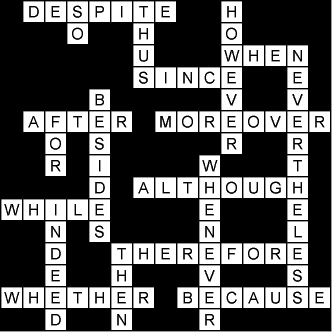Halloween (contracción de All Hallows' Eve, “Víspera de Todos los Santos”), también conocido como Noche de Brujas o Noche de Difuntos, es una fiesta de origen celta que se celebra principalmente en los Estados Unidos, Canadá, Irlanda, el Reino Unido y en algunos países no anglosajones durante la noche del 31 de octubre.
El día se asocia a menudo con los colores naranja, negro y morado y está fuertemente ligado a símbolos como la Jack-o'-lantern. Algunas de las actividades típicas de Halloween son el famoso “Trick or Treat” y las fiestas de disfraces, además de las hogueras, la visita de casas encantadas, las bromas, la lectura de historias de miedo y las películas de terror.
Halloween tiene su origen en la festividad cristiana del “Día de Todos los Santos” y en la festividad céltica conocida como Samhain, que deriva de irlandés antiguo y significa fin del verano. En el Samhain se celebraba el final de la temporada de cosechas en la cultura Celta y era considerada como el “año nuevo celta”.
Los antiguos celtas creían que la línea que une a este mundo con el Otro Mundo se estrechaba con la llegada del Samhain, permitiendo a los espíritus (tanto benévolos como malévolos) pasar a través. Los ancestros familiares eran invitados y homenajeados mientras que los espíritus dañinos eran alejados. Se cree que el uso de trajes y máscaras se debe a la necesidad de ahuyentar a los espíritus malignos. Su propósito era adoptar la apariencia de un espíritu maligno para evitar ser dañado.
El Samhain también era un momento para hacer balance de los suministros de alimentos y el ganado para prepararse para el invierno. Las hogueras también desempeñaron un papel importante en las festividades. Todos los otros fuegos se apagaban y en cada hogar se encendía una hoguera en la chimenea.
En 1840 esta festividad llega a Estados Unidos, donde queda fuertemente arraigada. Los inmigrantes irlandeses transmitieron versiones de la tradición y difundieron la costumbre de tallar los “Jack-o'-Lantern” (calabaza gigante hueca con una vela dentro), inspirada en la leyenda de “Jack el Tacaño”.
Originalmente, el “Truco o trato” mejor conocido como “Dulce o Travesura” (en inglés “Trick-or-treat”) era una leyenda popular de origen céltico según la cual no solo los espíritus de los difuntos eran libres de vagar por la Tierra la noche de Halloween, sino toda clase de entes procedentes de todos los reinos espirituales. Entre ellos había uno terriblemente malévolo que deambulaba por pueblos y aldeas, yendo de casa en casa pidiendo precisamente «Trick or Treat». La leyenda asegura que lo mejor era hacer un "Trato", sin importar el costo que éste tuviera, pues de no pactar con este espíritu (que recibiría el nombre de “Jack O' Lantern”, con el que se conocen a las tradicionales calabazas de Halloween) él usaría sus poderes para hacer "Trick", que consistiría en maldecir la casa y a sus habitantes, dándoles toda clase de infortunios y maldiciones. Como protección surgió la idea de crear en las calabazas formas horrendas, para así evitar encontrarse con dicho espectro (y con el tiempo, debido a la asociación mental entre el espíritu y las calabazas, el nombre de este sería dado a ellas, que es como son conocidas hoy día cuando llega esta celebración).








